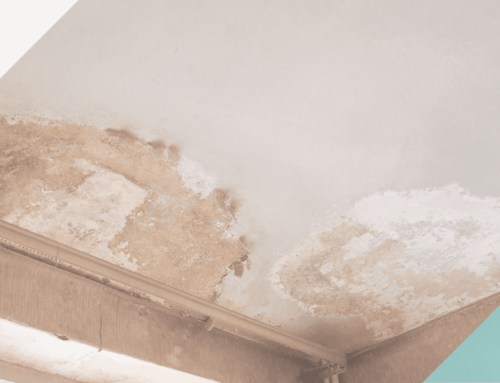Dealing with mould and damp issues in your rented property can be both frustrating and concerning. It’s even more challenging when your landlord blames you for these problems. In this blog post, we will explore tenants’ and landlords’ rights and responsibilities in such situations and provide guidance on how to address and resolve the issue.
Understanding the Issue
Mould and damp problems can occur in any rental property, but the key question is, who is responsible for addressing them? Typically, landlords are responsible for maintaining the property in a habitable condition, which includes ensuring it is free from dampness and mould. However, sometimes landlords may shift the blame onto tenants. Here’s what you can do if you find yourself in this predicament:
- Document the Issue: The first step is to document the presence of mould and damp in your rental unit. Take clear photos and videos, noting the date when you discovered the problem. This documentation will be crucial in case you need to prove your case.
- Communicate with Your Landlord: Open a line of communication with your landlord or property management company to inform them of the issue. Send a written notice, detailing the problem and requesting prompt action. Keep records of all correspondence, including emails and letters.
- Know Your Rights: Familiarise yourself with your rights as a tenant. Laws regarding landlord-tenant relationships can vary by location, so research your local regulations or consult with a legal expert if needed. Generally, landlords are obligated to provide a safe and habitable living environment, which includes addressing mould and damp issues.
- Request an Inspection: Request that your landlord arrange for a professional inspection of the property. An expert assessment can determine the cause of the mould and dampness and whether it’s due to tenant actions or property maintenance issues. Ensure that you are present during the inspection or at least receive a copy of the inspection report.
- Follow Proper Maintenance: As a tenant, it’s essential to fulfill your responsibilities, such as proper ventilation and cleaning to prevent mould growth. However, mould can also result from structural issues beyond your control. Ensure you are doing your part while holding your landlord accountable for their maintenance obligations.
- Seek Legal Advice: If your landlord continues to blame you for the mould and damp problem without taking corrective action, consult with a legal professional experienced in tenant-landlord disputes. They can guide you on the best course of action, which may include filing a complaint with your local housing authority or pursuing legal action.
Dealing with mould and damp issues in a rental property can be a complex and stressful situation, especially when your landlord accuses you of causing the problem. However, it’s essential to know your rights, document the issue, and follow proper channels for resolution. By taking these steps and seeking legal advice if necessary, you can protect your rights as a tenant and ensure a safe and habitable living environment.
Our blogs and articles are correct at the time of writing.
These have been created for marketing purposes only and should not be considered as legal advice.





